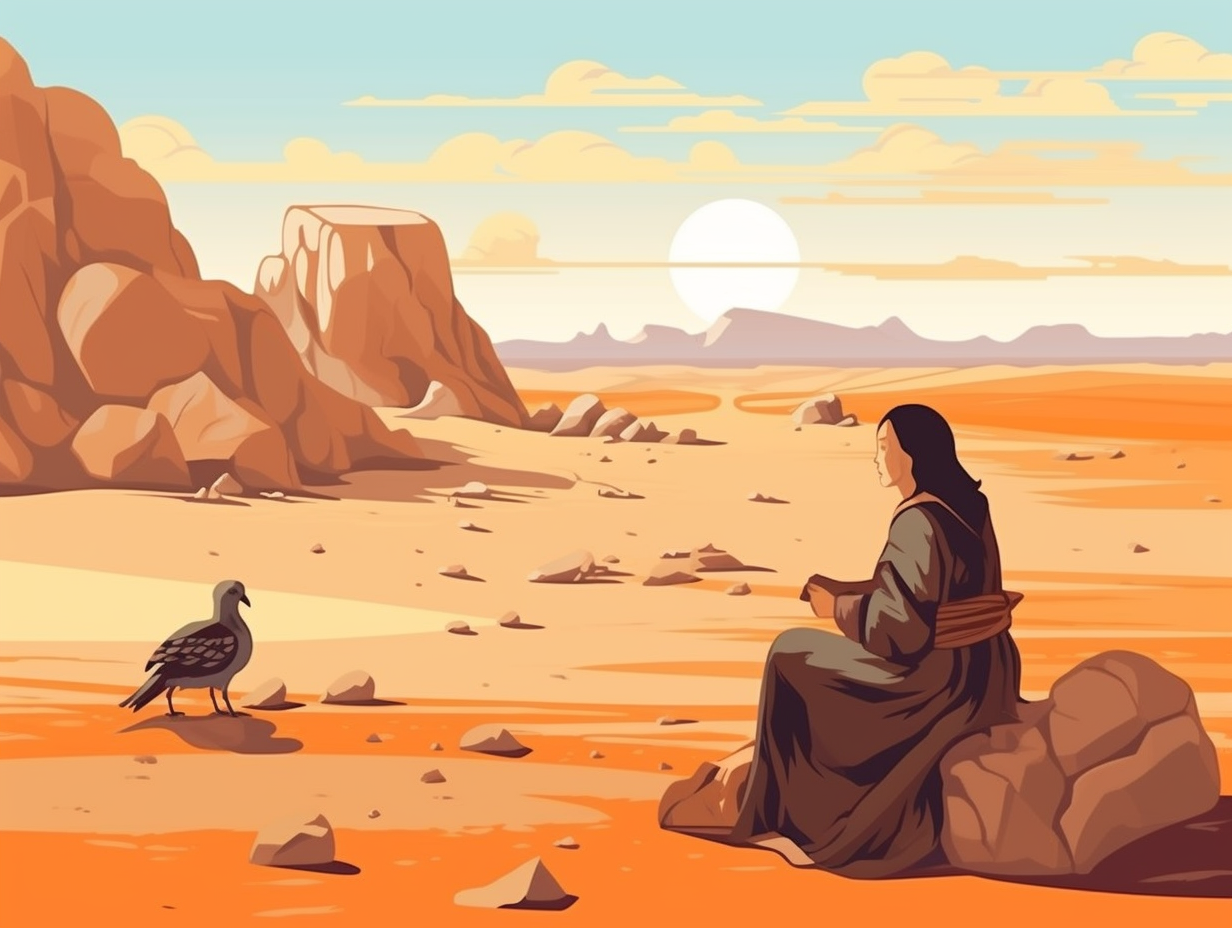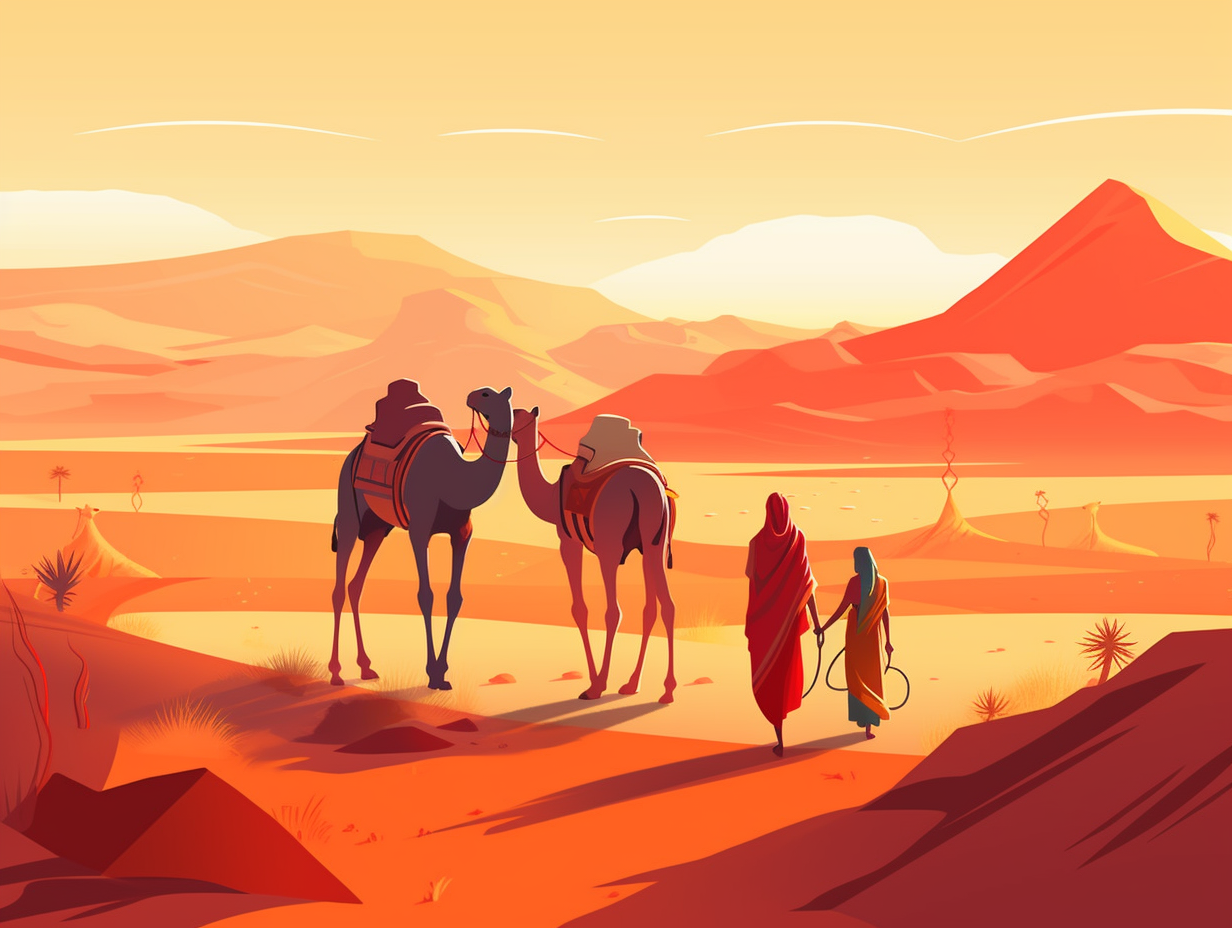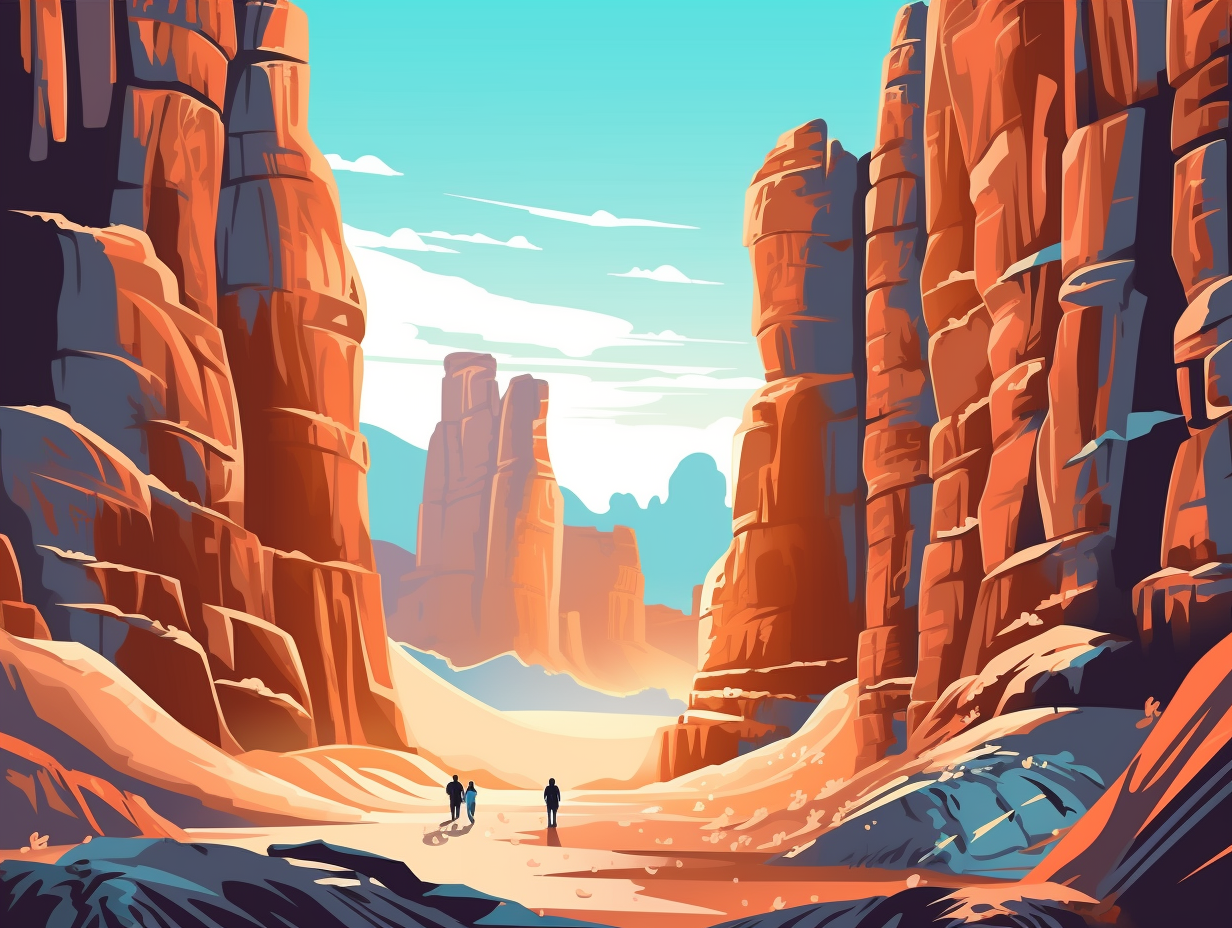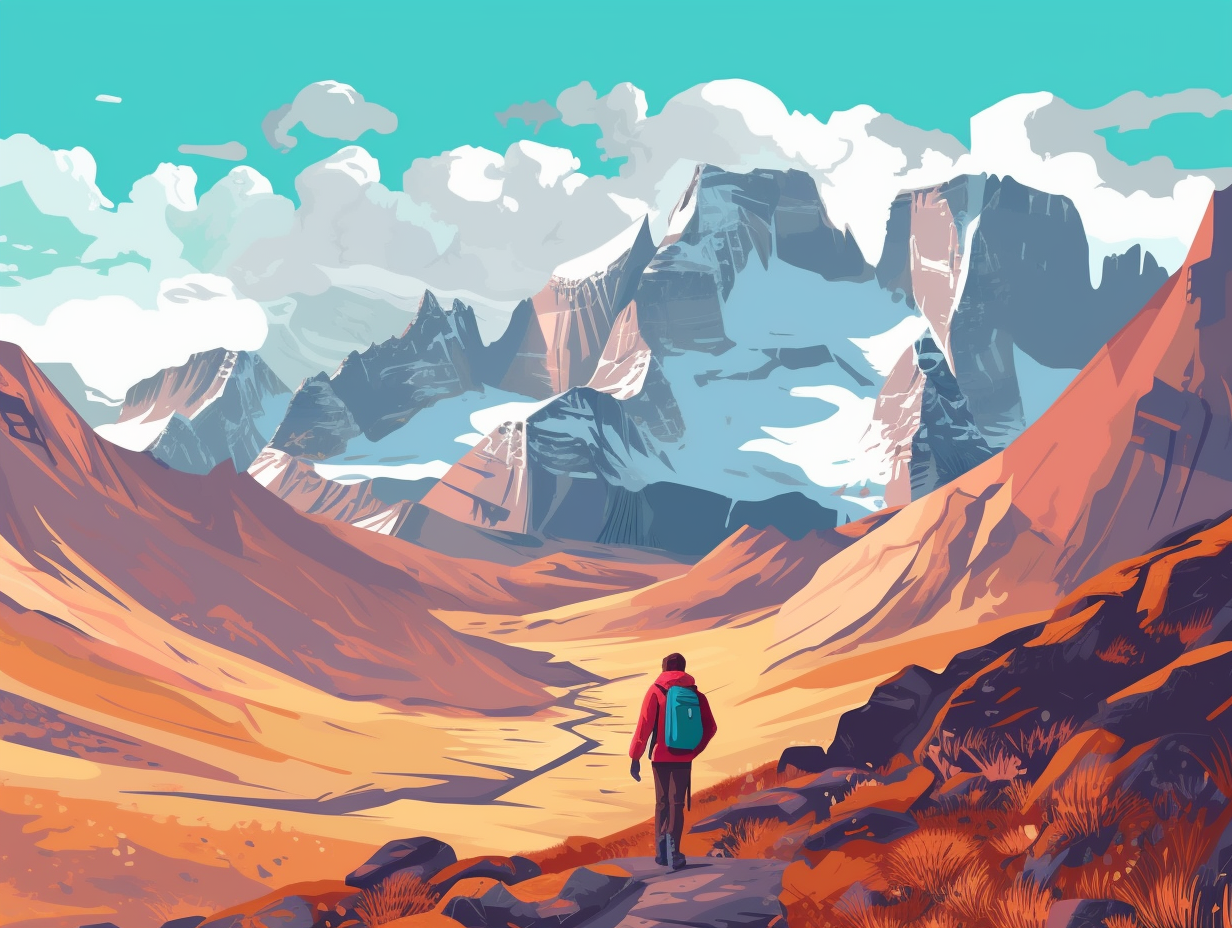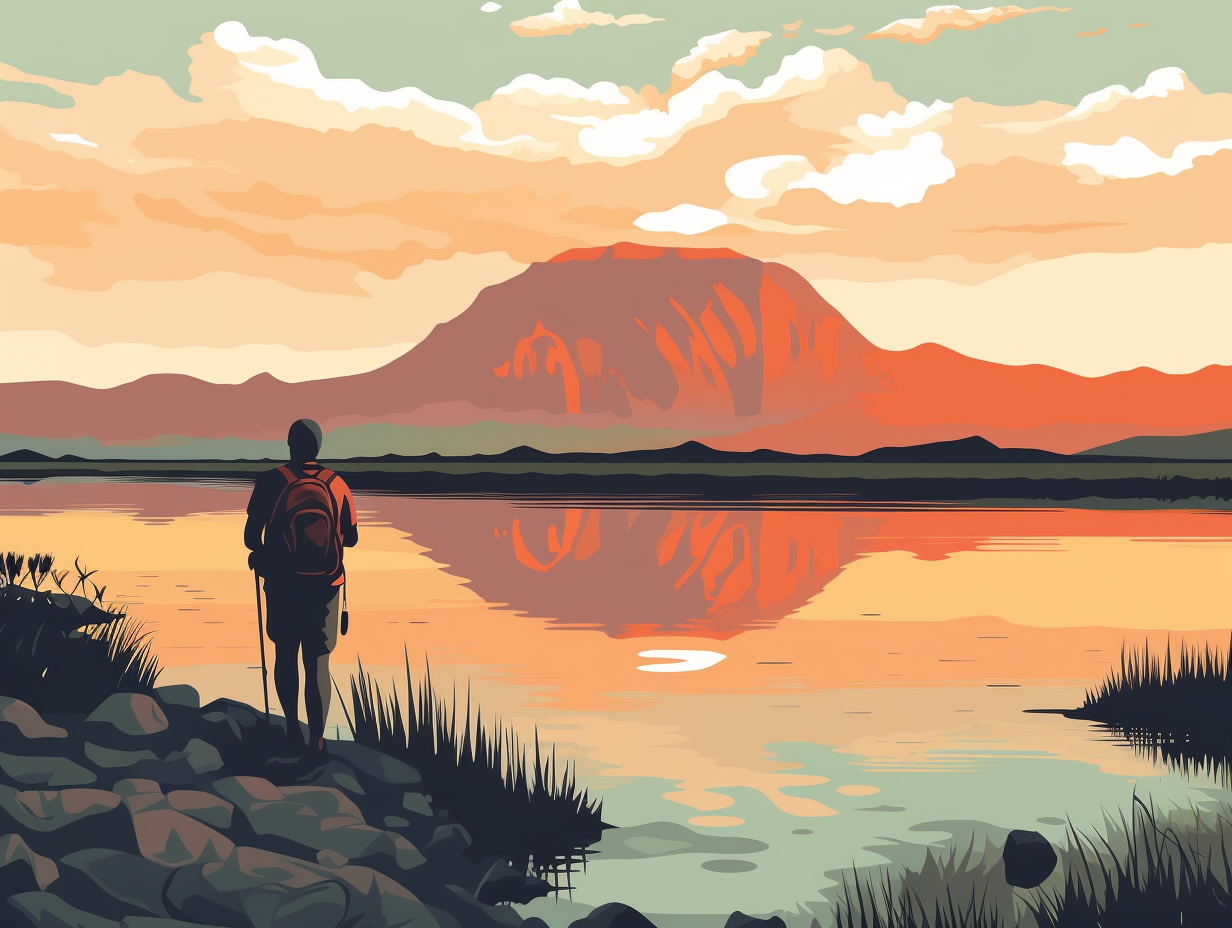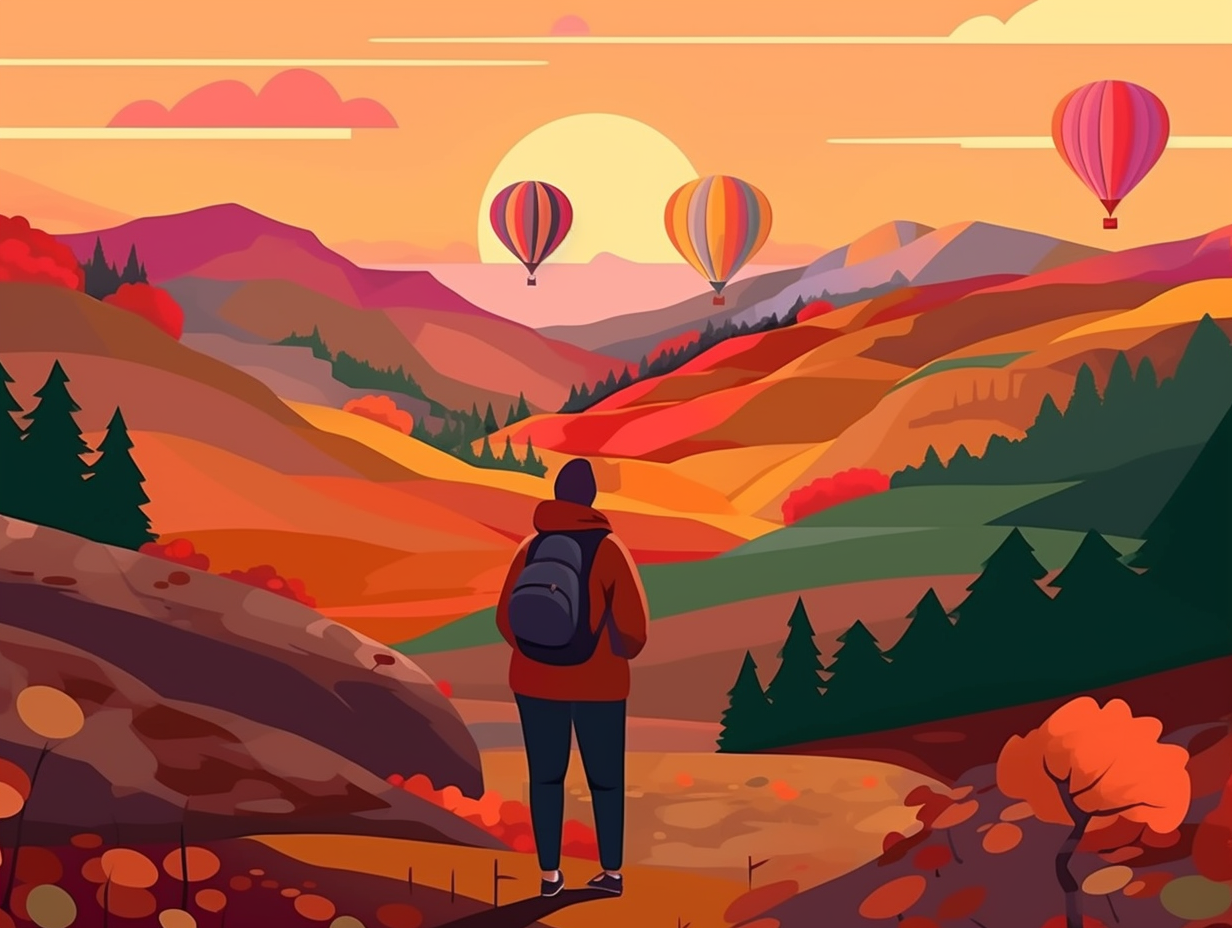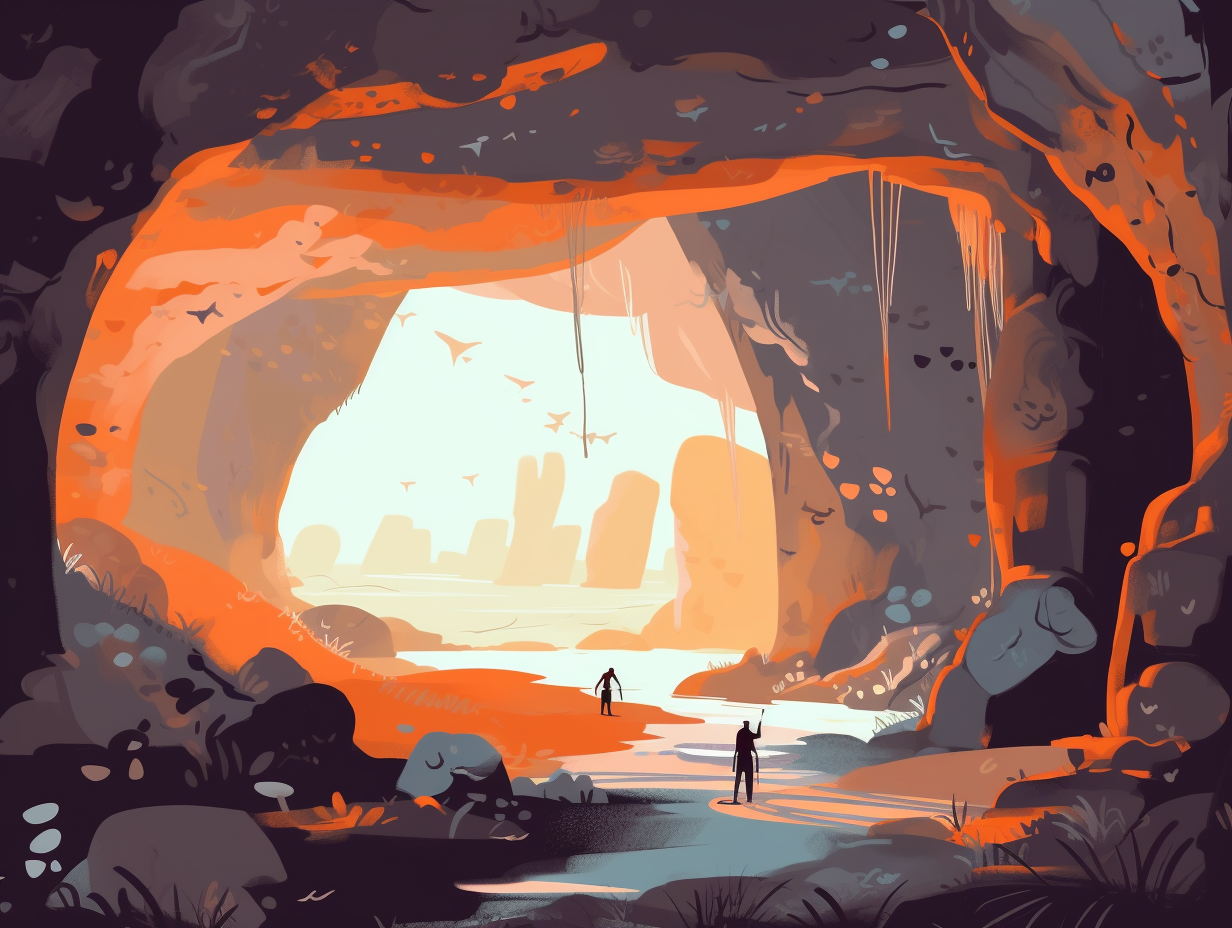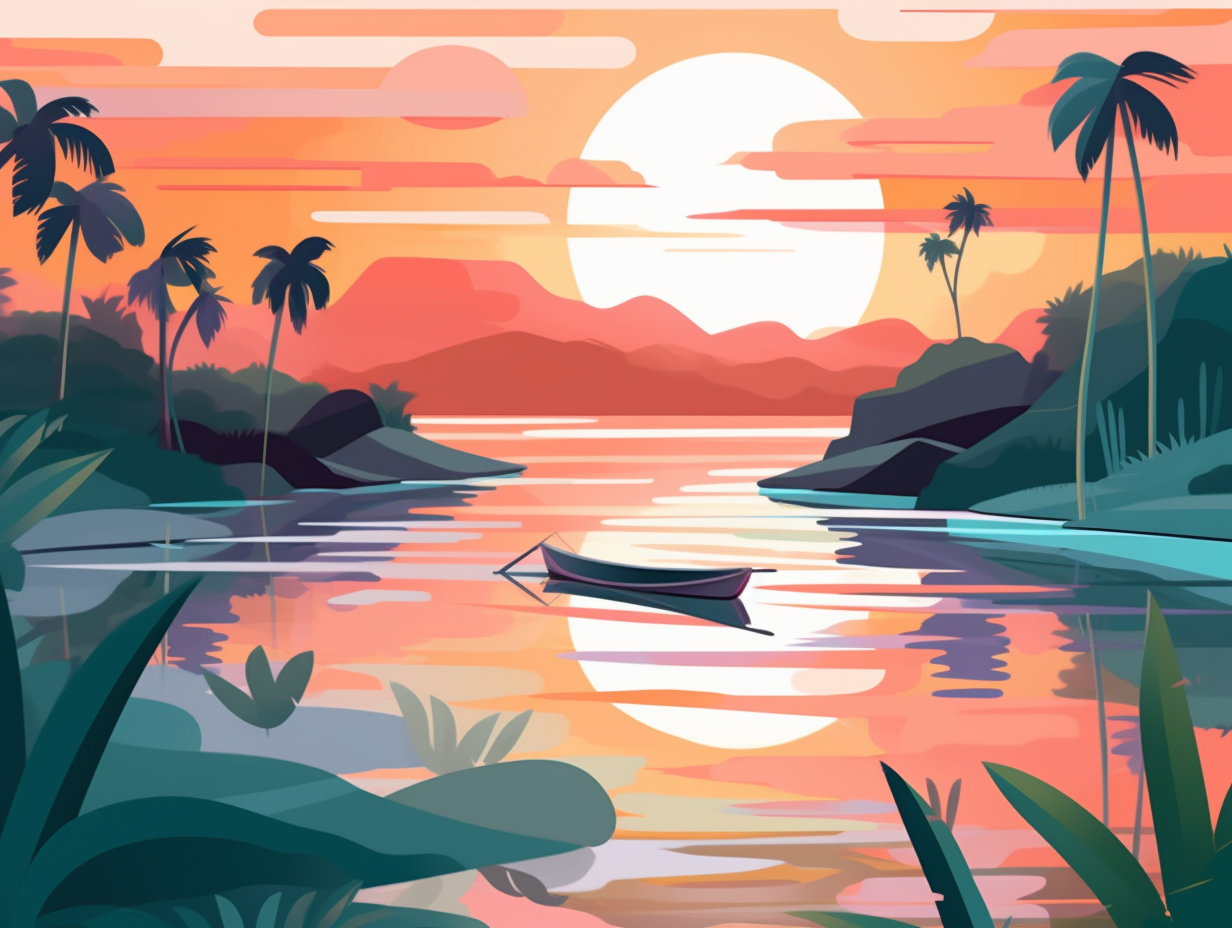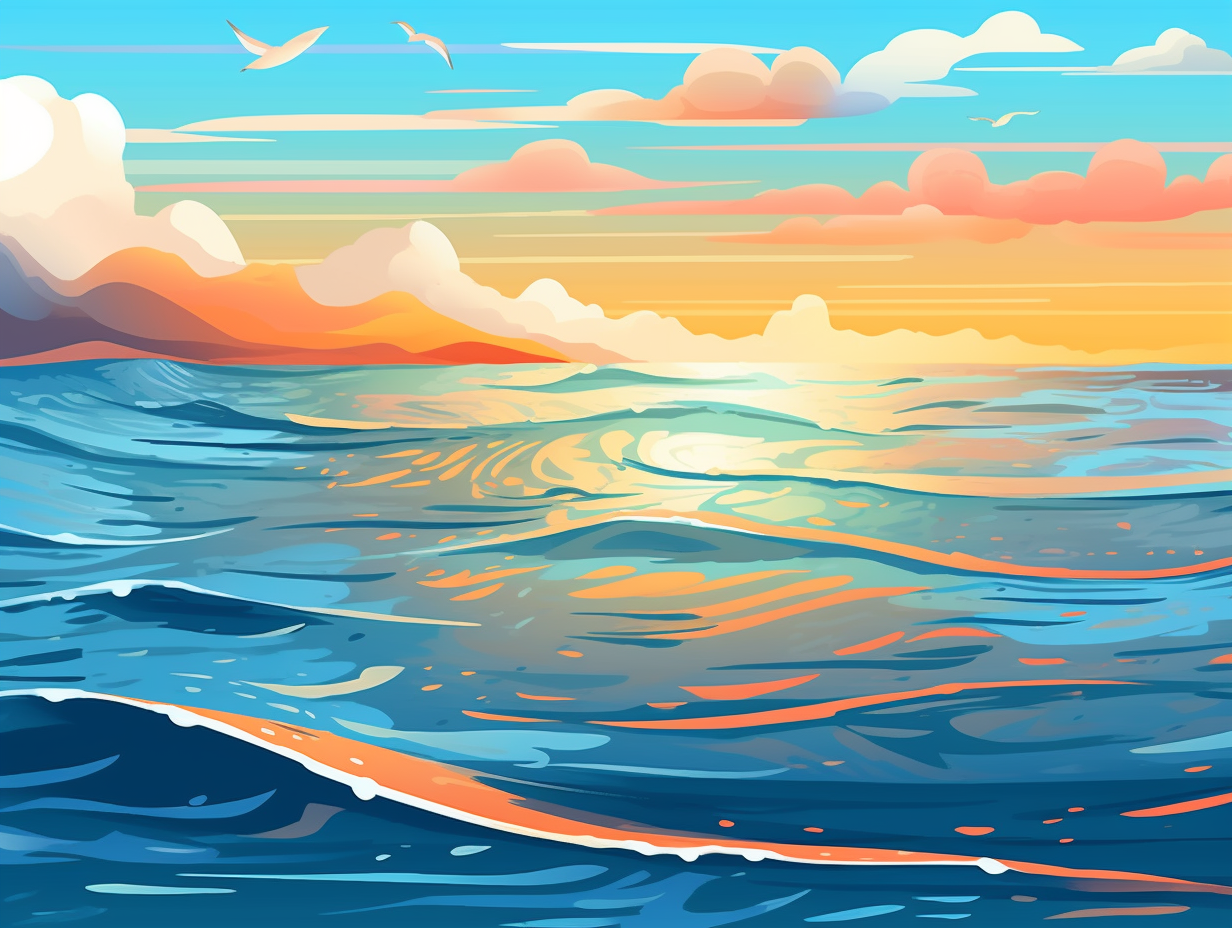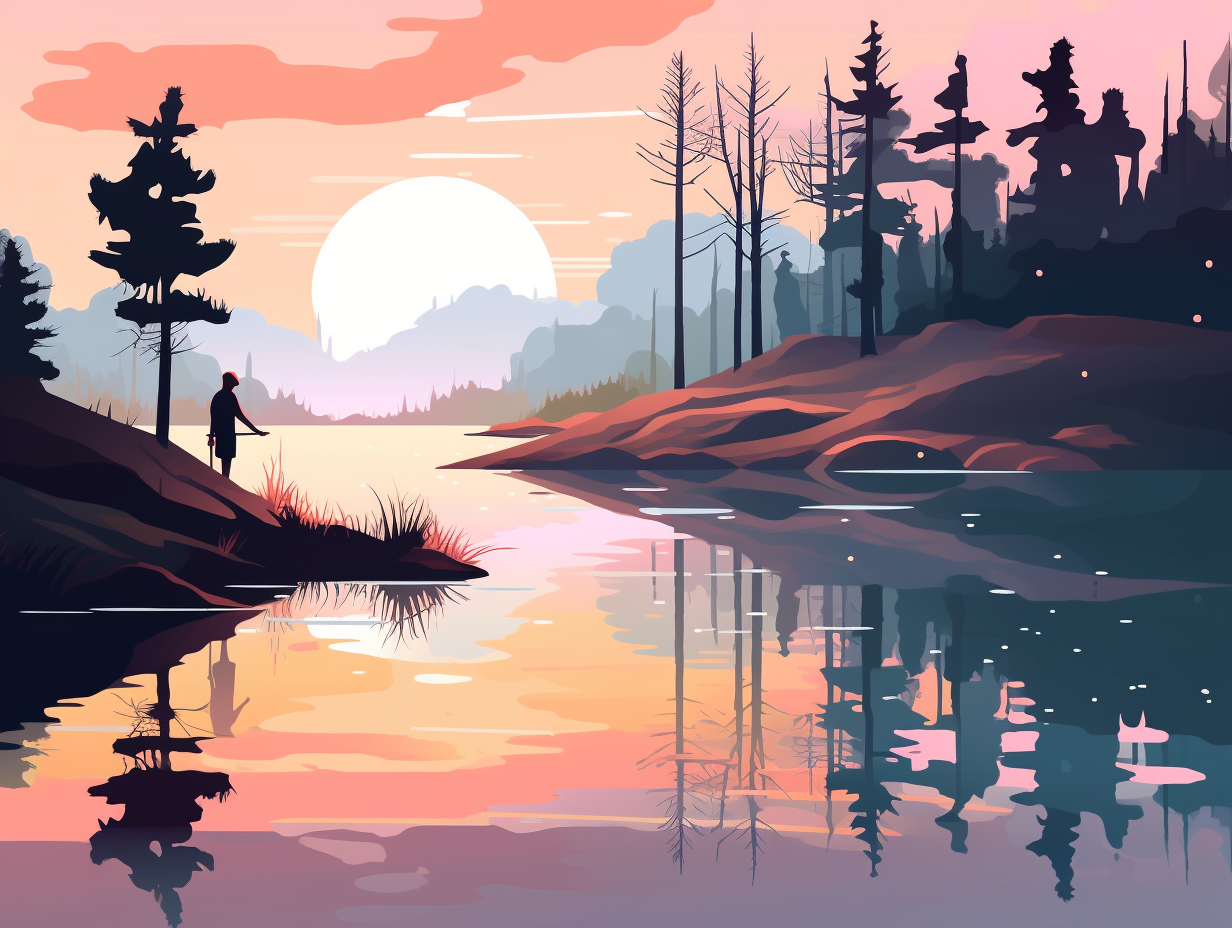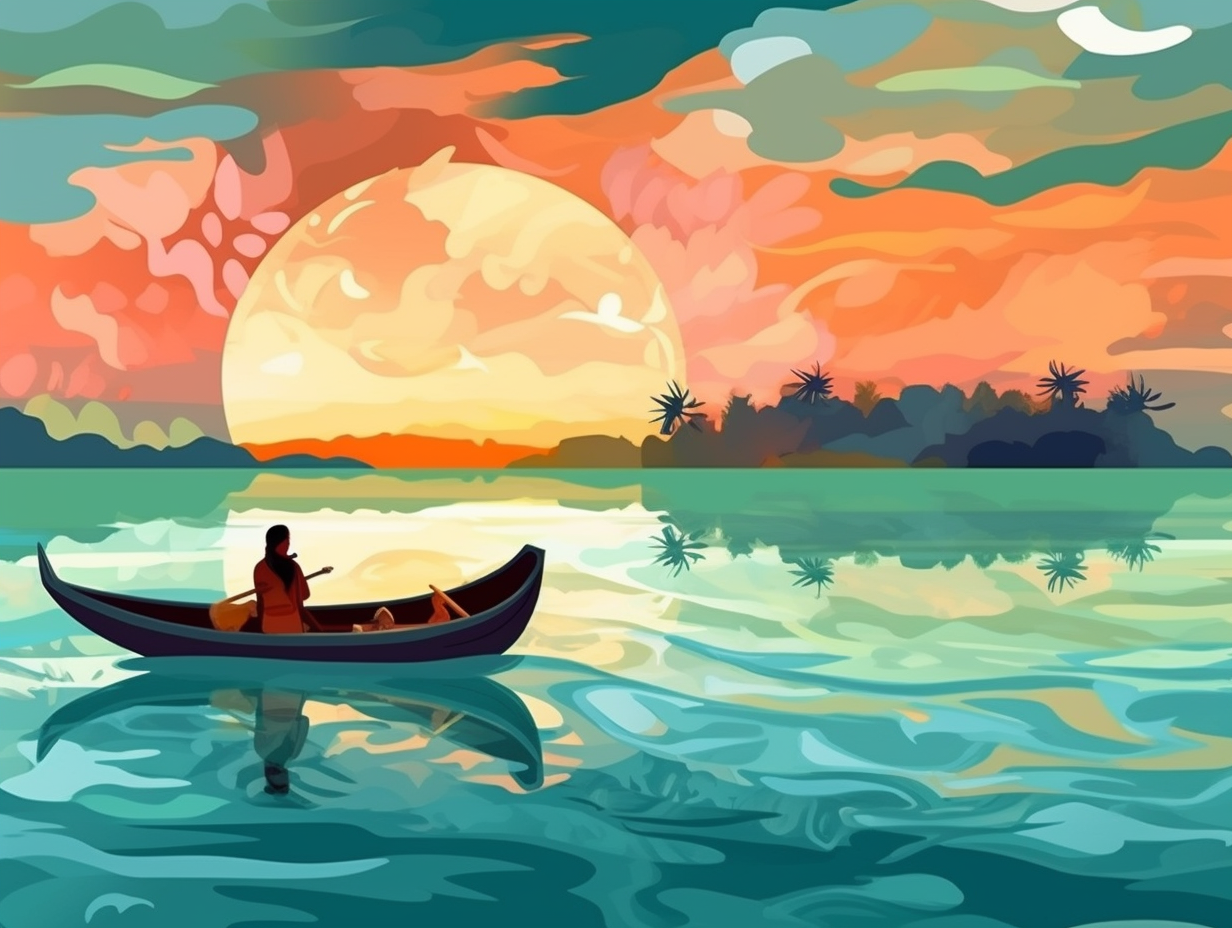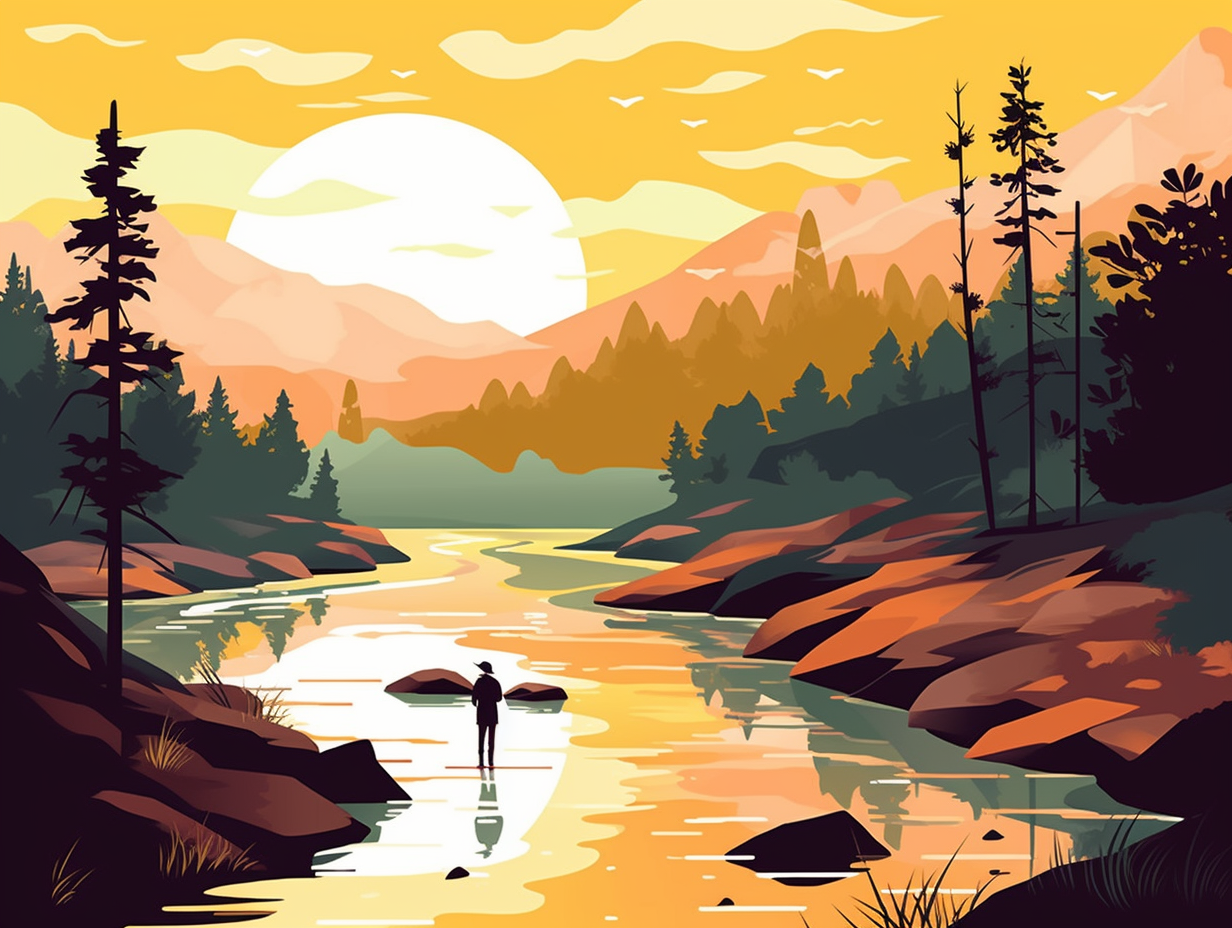Discover the Wonders: Top 12 Fun Facts About the Sonoran Desert You Need to Know
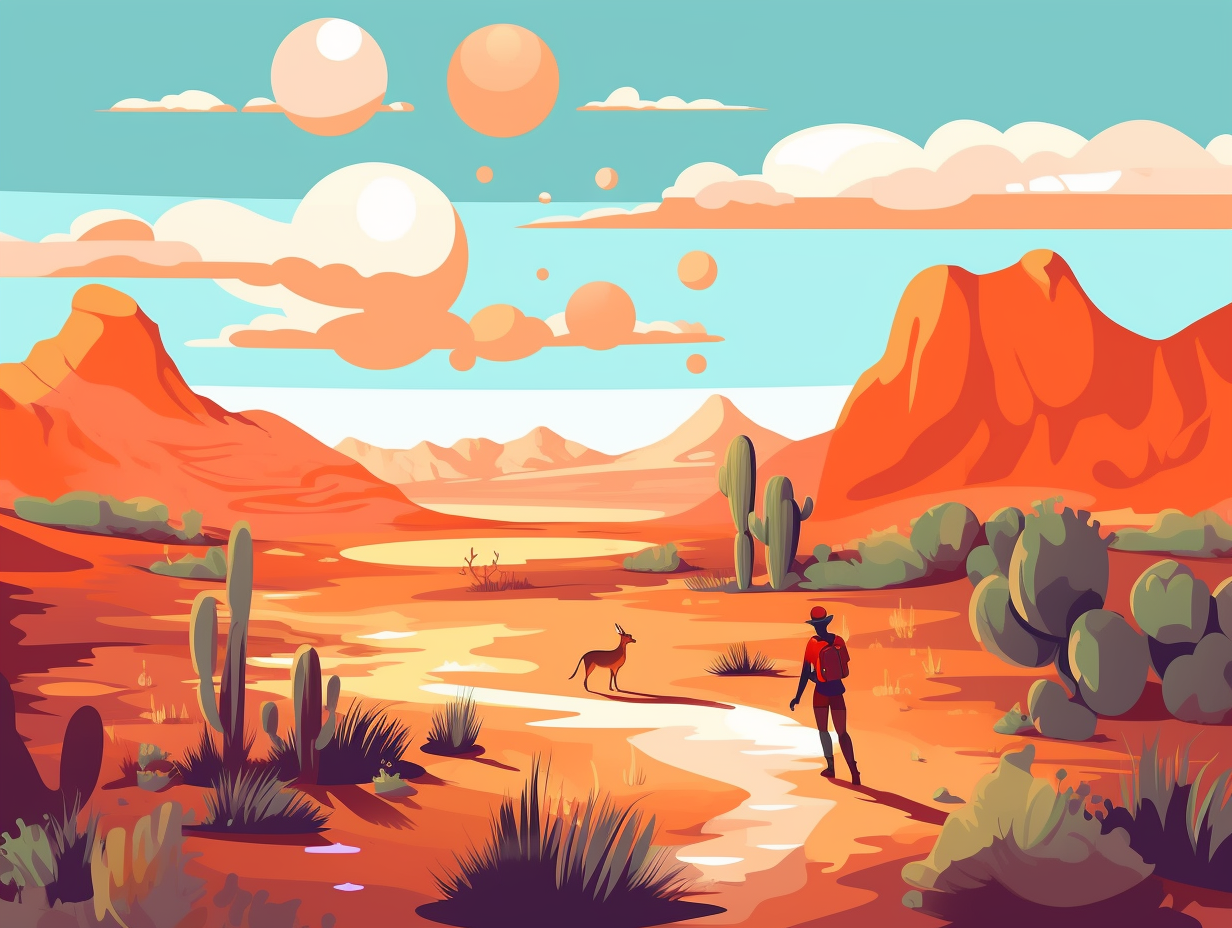
1. Saguaro: The Thirsty Heavyweight
If the saguaro cactus had a dating profile, it'd have to brag about its "thirsty" nature and ability to retain tons of love...er, water: A fully hydrated saguaro cactus can weigh between 3,200 to 4,800 pounds, thanks to its talent for storing up to nine tons of water in its fleshy tissues.
Source => desertmuseum.org
2. Javelina: The Desert's GPS
Who needs a GPS when you've got a javelina? These pudgy, tusked trotters are natural-born desert explorers, effortlessly navigating habitats from Texas to Tango Country: You'll find them roaming far and wide, from the Sonoran Desert's backyard to southwest Texas, New Mexico, Arizona, Mexico, Central America, and even northern Argentina.
Source => desertmuseum.org

Did you know the Atacama Desert's otherworldly landscapes inspired Salvador Dalí's art and served as testing grounds for NASA's lunar missions? Discover more astonishing facts about this extraordinary dryland!
=> Fun Facts about The-Atacama-Desert
3. Sonoran Surprise Rain Parties
When the Sonoran Desert decides to throw a surprise party, it really brings the rain: The region's rainfall is highly unpredictable, ranging from 3 to 15 inches per year, and a single storm can sometimes deliver a downpour equivalent to 50% more than the annual average, causing historic floods and damage to properties.
Source => desertmuseum.org
4. Plant Diversity Extravaganza
Whoever said "variety is the spice of life" must have been wandering through the Sonoran Desert: this arid land is more diverse than a cactus convention, with more plant species than any other desert in the world! Thanks to its bi-seasonal rainfall pattern, you'll find not just the iconic saguaro and organ pipe cactus, but also a plethora of agave, palm, legume species, and an array of shrubs and wildflowers all dressed to impress.
Source => en.wikipedia.org
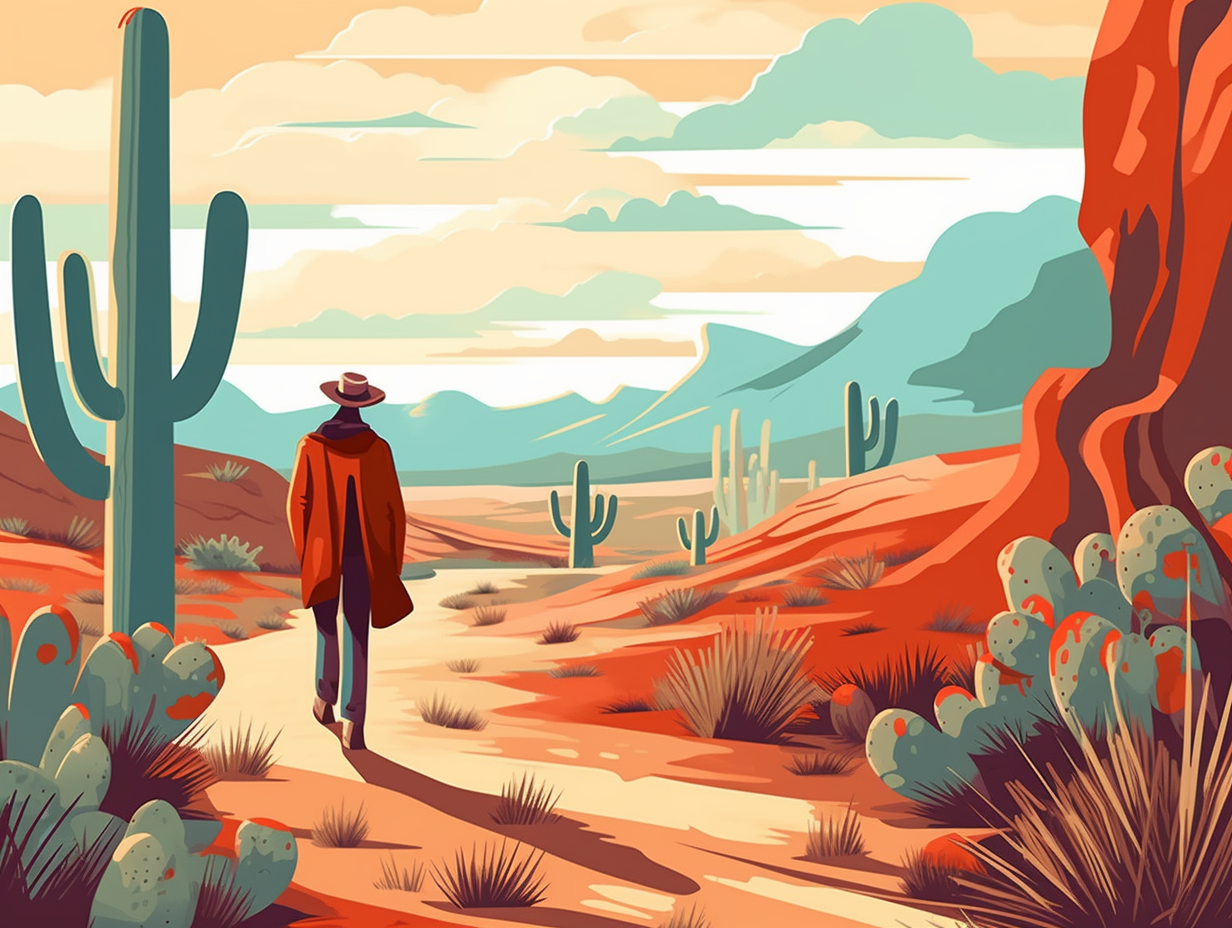
5. Pronghorn's Epic Comeback
Did someone order a pronghorn with a side of resilience? These Sonoran superstars have been hoofing it through the desert like champs: The Sonoran pronghorn, a unique desert antelope subspecies, has bounced back from the brink of extinction thanks to the efforts of multiple state and federal agencies, and ongoing cooperation between the United States and Mexico. The once-endangered species boasts a current population of over 150, having survived droughts and the construction of two semicaptive breeding pens, in addition to international capture-and-release cooperation events.
Source => aetc.af.mil
6. Roadrunner: The Fashion-Forward Speedster
Beep beep! Who's got the keys to the Roadrunnermobile? Batman's flashy ride couldn't outpace this whimsical bird in the style department: Speeding through the Sonoran Desert at up to 20 mph, roadrunners not only boast iridescent tail feathers displaying metallic green and blue shades but also flaunt vibrant scarlet and sky blue patches behind their eyes when excited, all while preying upon lizards, snakes, and small mammals in their haste.
Source => sonoranimages.wordpress.com
7. Jumping Cholla: Botanical Beauty Queen
You might mistake it for an entrant in an odd botanical beauty pageant, sporting a spiky ensemble that shimmers like it's on the red carpet: The Jumping Cholla cactus thrives in the Sonoran Desert thanks to its spines that boast a thin, light-reflecting sheath, bestowing upon it golden, silver, tan, or white hues that deter predators and prevent overheating.
Source => unusualseeds.net
8. Ringtail: The Nighttime Ninja
Watch out, Sonoran Desert nightcrawlers! There's a "ring"-le raccoon-coati in town, perching on canyon walls like Spiderman and stealthily snagging its dinner with the ease of a James Bond mission: Known as the ringtail, this nocturnal creature - which is Arizona's State Mammal - boasts large eyes and a keen sense of smell that helps it track down rodents, birds, lizards, and insects, while its impressive climbing skills and long tail make it a master of balance and agility… until they find themselves on the unfortunate dinner menu of great horned owls, bobcats, and coyotes.
Source => arizonadailyindependent.com
9. Teddy Bear Cholla: The Ultimate Prickle Pretender
Step aside, porcupines: the teddy bear cholla is the Sonoran Desert's sneakiest cuddle con artist, and it's got "bear" in its name for a reason! With a deceptive furry appearance that might make prickly pear cacti seethe with envy, one might be tempted to embrace this touchy-feely imposter for a warm and fuzzy snuggle. But beware (bear-wear?): this desert denizen has a prickly secret: Proudly sporting spines that not only shield it from the unforgiving sun, the teddy bear cholla also makes a living in the nursery business, propagating like a pro by easily detaching its spines – a rather ouch-worthy fact for any unsuspecting admirer!
Source => archive.bio.ed.ac.uk
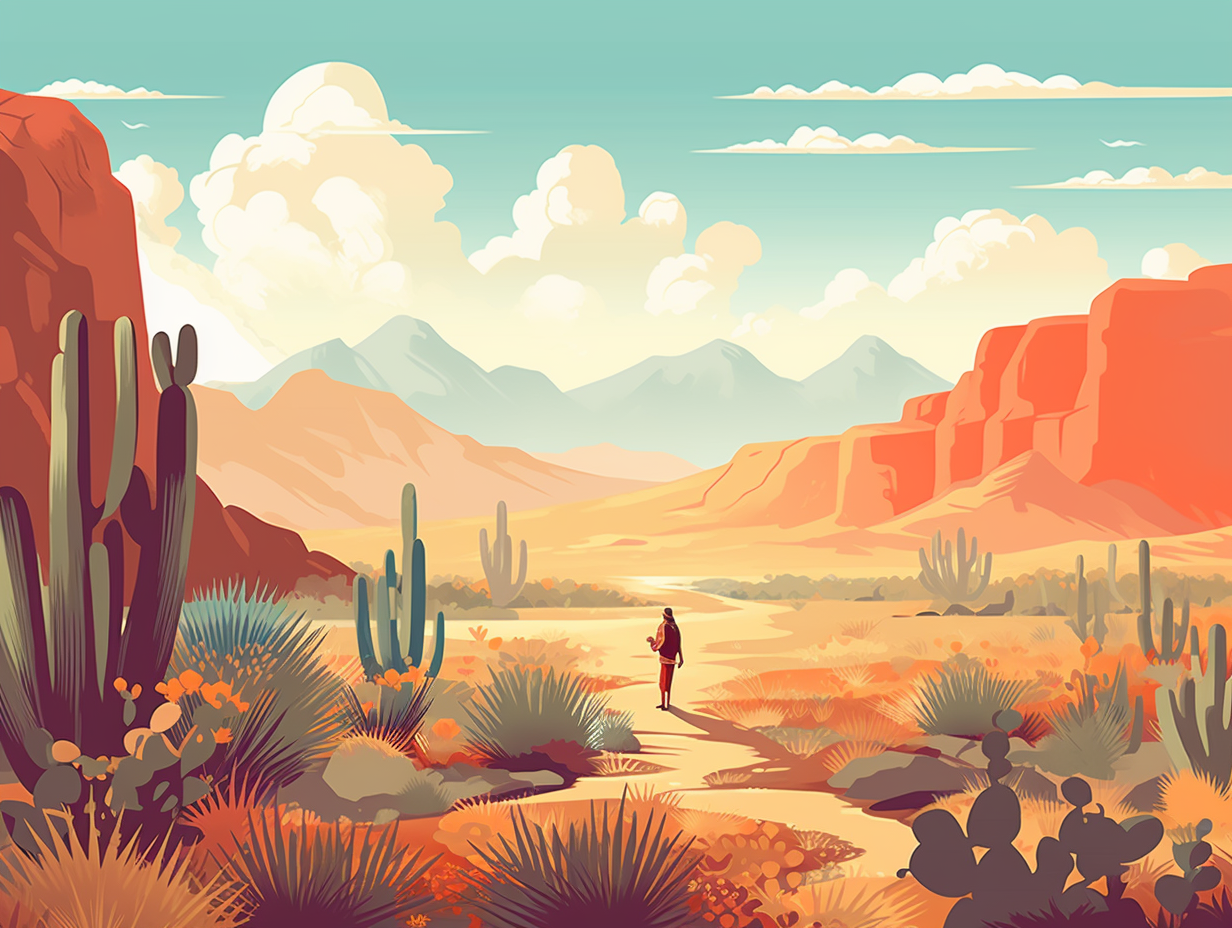
10. DJ Bark Scorpion: Vibration King
Did you hear about the scorpion who moonlights as a DJ? No need to rave about it: the bark scorpion of the Sonoran Desert has special "hairs" on its legs and body, allowing it to detect vibrations in the air, which helps it locate prey at night while avoiding the scorching daytime heat.
Source => desertmuseum.org
11. White-throated Woodrat: Hoarder Mansion Architect
Scared of commitment? Meet the white-throated woodrat: a creature that builds the most luxurious, hoarder-inspired homes. Fondly called the packrat, our furry friend creates sprawling estates at the base of zesty trees and tantalizing cacti using the finest local amenities such as cholla, prickly pear, mesquite, and catclaw. Spanning up to 10 ft of decadent diameter, these abodes come equipped with grass-lined sleeping quarters, ample storage (ideal for shiny trinkets such as tin foil and keys), and a killer desert view—no less!
Source => landpotential.org
12. Biodiversity Bonanza in the Sonoran Desert
Where Gila monsters mingle and javelinas jive: The Sonoran Desert is a happening hotspot for over 100 reptile species, 60 mammal species, 350 bird species, and 2,000 native plants, making it one of the most biodiverse deserts on Earth.
Source => biologicaldiversity.org
Related Fun Facts

